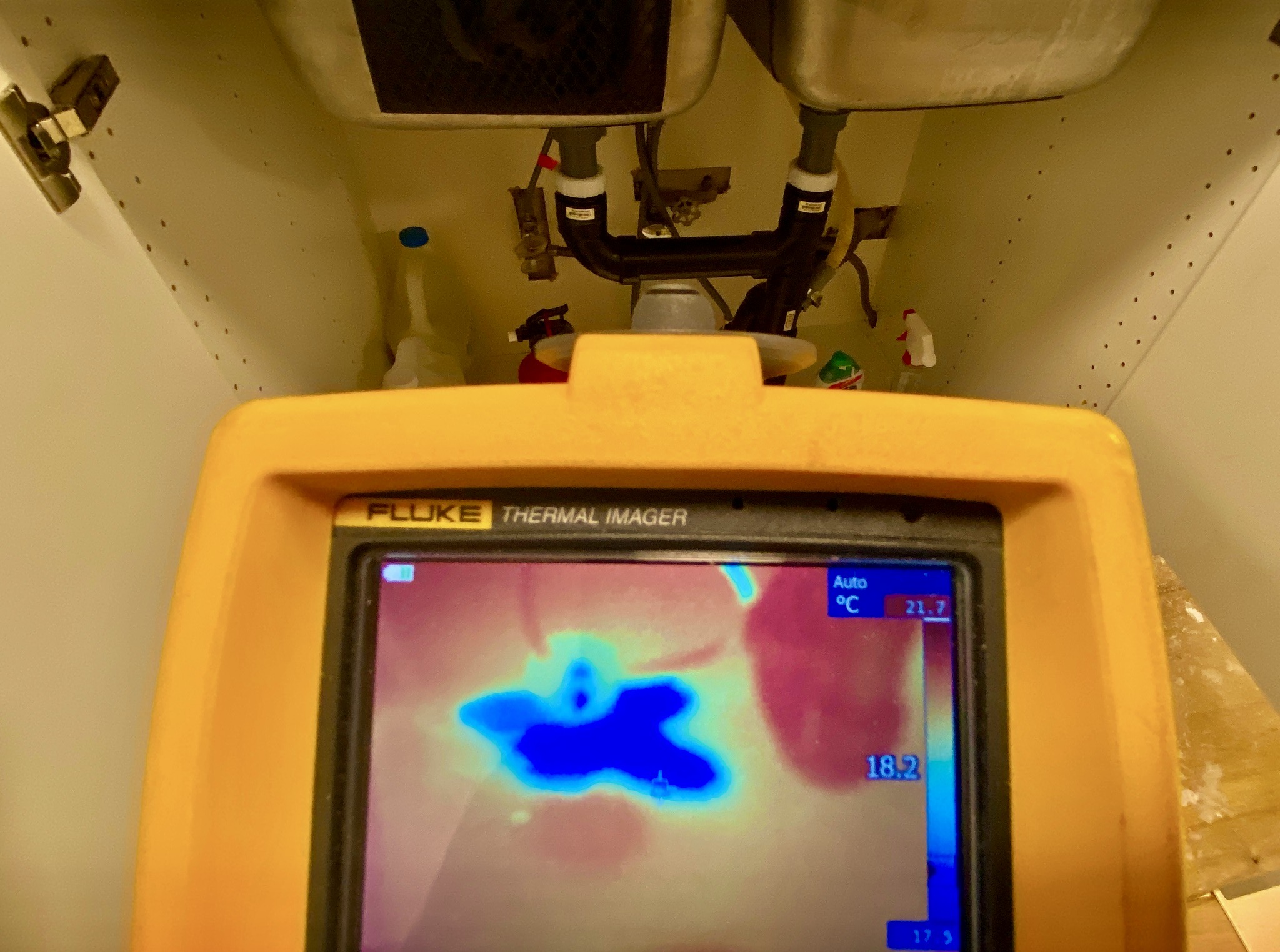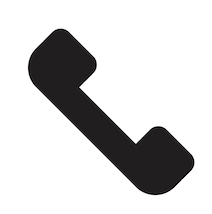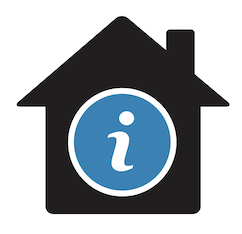Shopping cart
Recent Posts
Newsletter
Sign Up to get updates & news about us .
- 604 729 4261
- info@moldinsight.com
- Work Time: Mon - Sat 8AM - 6PM, Sun 9AM - 5PM
Sign Up to get updates & news about us .

A mold inspection is a visual, non-destructive inspection for water damage and mold throughout the home ro property.
Inspection tools, such as a moisture meter, infrared camera, and hygrometer are used during each inspection to identify potential clues for moisture and water damage.
After the conclusion of each inspection, the inspector will explain the findings and recommendations as needed.
Approximate prices are listed below for properties up to 2000 sq ft.
* Fees increase for properties larger than 3000 sq ft and or beyond the Lower Mainland. Call for details.
Every client has different needs when it comes to dealing with water damage and mold. Mold Insight has created options for you to choose from below.


At Mold Insight, we specialize in mold inspections for residential homes and commercial workplaces. Our thorough inspections aim to understand the underlying causes of mold by assessing key indoor environmental conditions.
Leveraging our expertise, dedication, and advanced equipment, we pinpoint areas of concern such as moisture accumulation, mold growth, and the root cause of these issues.
During the mold inspection process, we use tools such as thermal imaging to scan for cool and warm areas, a hygrometer to test the indoor humidity and a moisture meter to find elevated moisture levels.
This technology allows us to verify if there are leaks, moisture ingress, elevated humidity or suspected mold in areas behind walls, below floors and above ceilings.
We begin by having a conversation to learn about the situation in your home to determine the specific needs for a mold inspection, testing or both

We arrive at your property to conduct a thorough mold inspection and testing - as needed. We use the most advanced verification tools such as a moisture meter, infrared camera and humidity sensor to determine the cause of mold and water damage

Following the mold inspection, you will receive a written mold report with photos, observations, findings, and recommendations for either maintenance, (DIY) mold removal or remediation

When mold testing is required, you will receive the mold lab report, test results and an interpretation of the report to easily understand the lab results
